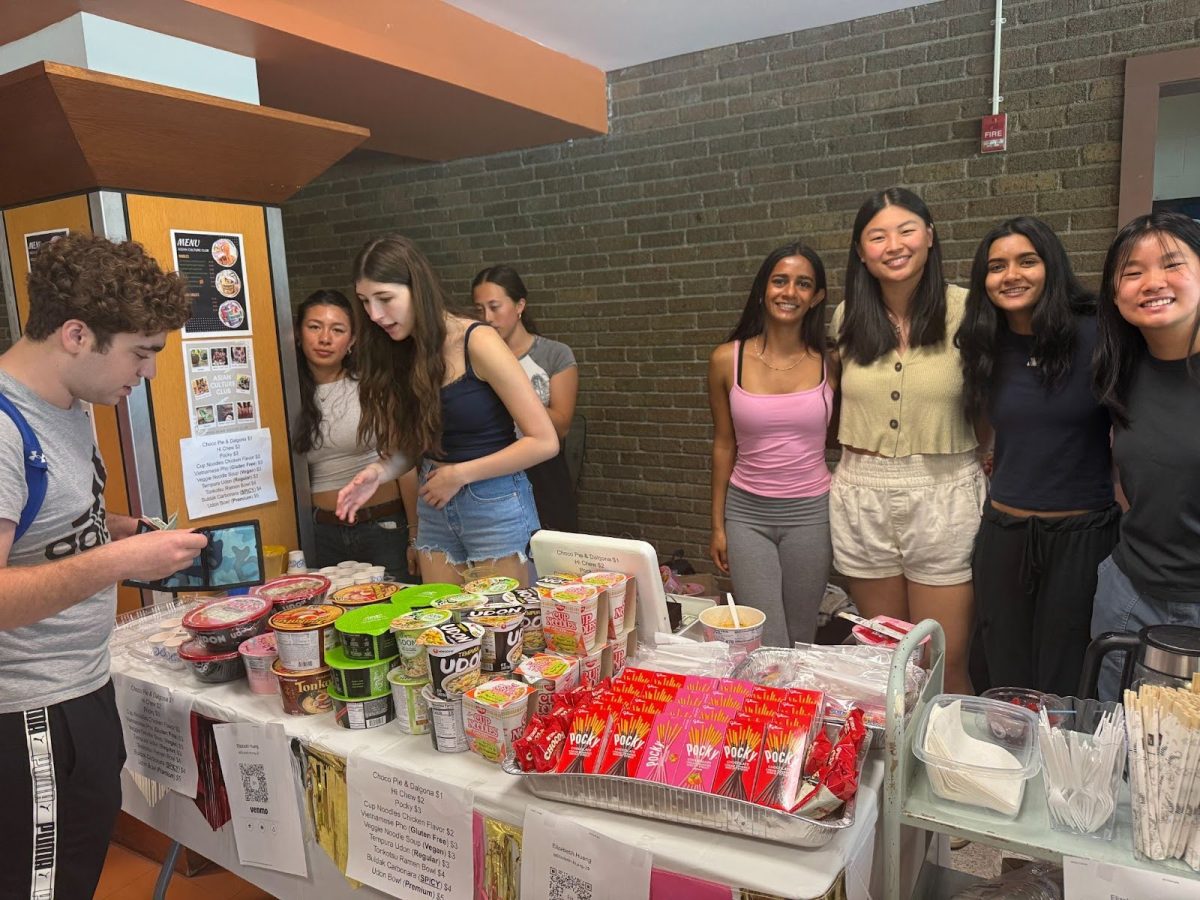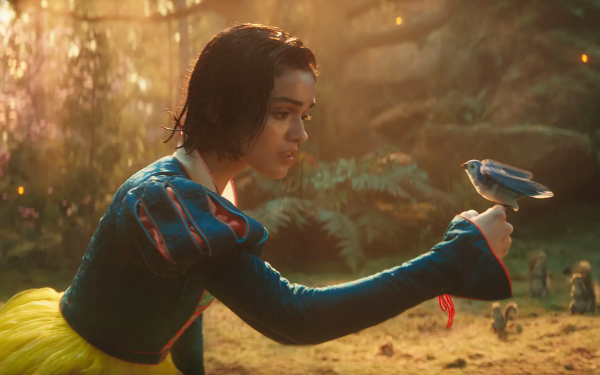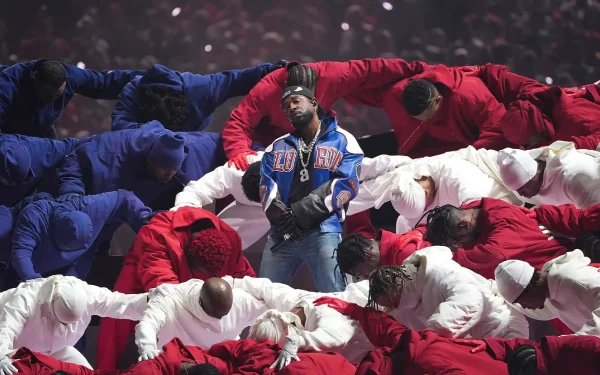Coco ─ Disney’s Cultural Breakthrough
By Jenna Golub
The long-anticipated Disney-Pixar musical film Coco finally arrived in theaters on Friday, November 22, and many students are eager to see it. Coco revolves around a young Hispanic boy named Miguel who embarks on an exciting journey to discover the secrets of his family history. Being that it is the first Disney movie to feature a Hispanic as the lead, the film has earned a lot of publicity.
Set in Mexico, Coco tells the tale of 12-year-old Miguel, voiced by Anthony Gonzalez, who aspires to be a musician like his idol, Ernesto de la Cruz. However, his family’s policy against music inhibits him from achieving his dreams. Before a music competition held on Día de los Muertos (Day of the Dead), a Mexican holiday, Miguel stumbles upon a magical guitar that transports him to the Land of the Dead; there he meets a trickster named Héctor, and the two set out on an adventure.
Several students, such as freshman Melissa Maday, have shared their interest in the film. “It’s very interesting that Disney is doing a movie like this because they’ve never done anything like it before,” Maday commented. “It’s cool how they’re trying to do movies with all different cultures, and not just with American culture.”
As Maday mentioned, Disney has recently been recognizing a variety of cultures in their new films, such as Moana, the story of a Polynesian “princess.” With Coco, Disney is shedding light on the Hispanic culture, the largest ethnic minority in the U.S. If Disney continues in this direction, it may be able to shed its reputation of being partial towards white main characters.
Freshman Reece Ferrentino, who has been anxiously anticipating the release of Coco, said, “I love it when new Disney movies come out, and this one’s no exception.” “I think it’s great how diverse Disney has become recently, and I can’t wait to see [the movie]. ”
Disney’s newfound diversity also comes with responsibility regarding their Hispanic audience in that they must be sensitive to the culture and represent it with accuracy. Freshman Emily Maradiaga, whose family is from Honduras, revealed that she felt a sense of pride seeing “such a big company familiarizing the Hispanic culture to a large audience.” Despite the pressure, Disney was arguably successful in representing Hispanic culture in a sensitive, thoughtful way.
Spanish teacher Vanessa Martinez, who’d seen the movie with her younger relatives, expressed her views on Coco. “I think Disney did a great job portraying the Mexican culture, specifically because although it was geared towards one special tradition, which is Day of the Dead, it showed elements of the family which are very important in the Latin community,” Martinez remarked. “It also gave young Hispanic children someone to look up to.”
The movie was significant, not only because of its diversity, but also because of the impact it will have on Hispanic children who aren’t used to seeing someone of their race in a Disney movie. Coco has the ability to teach young Hispanics to embrace their culture and to be proud of it.
“Growing up I always used to watch Disney movies with my family, and most Disney movies lacked cultural diversity. With Coco, it’s great to see a Hispanic character as the lead,” Maradiaga added. “I’m very proud to be Hispanic, and I’m happy to see all the cultural diversity that Disney is now incorporating into their films. I definitely plan on going to see the movie.”












































